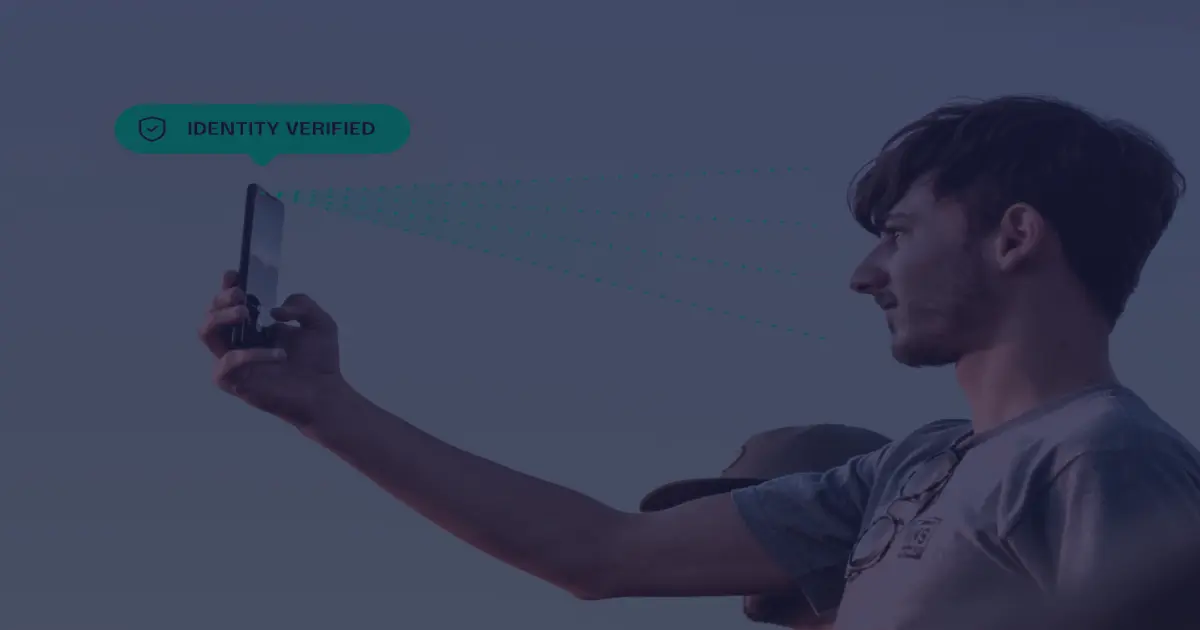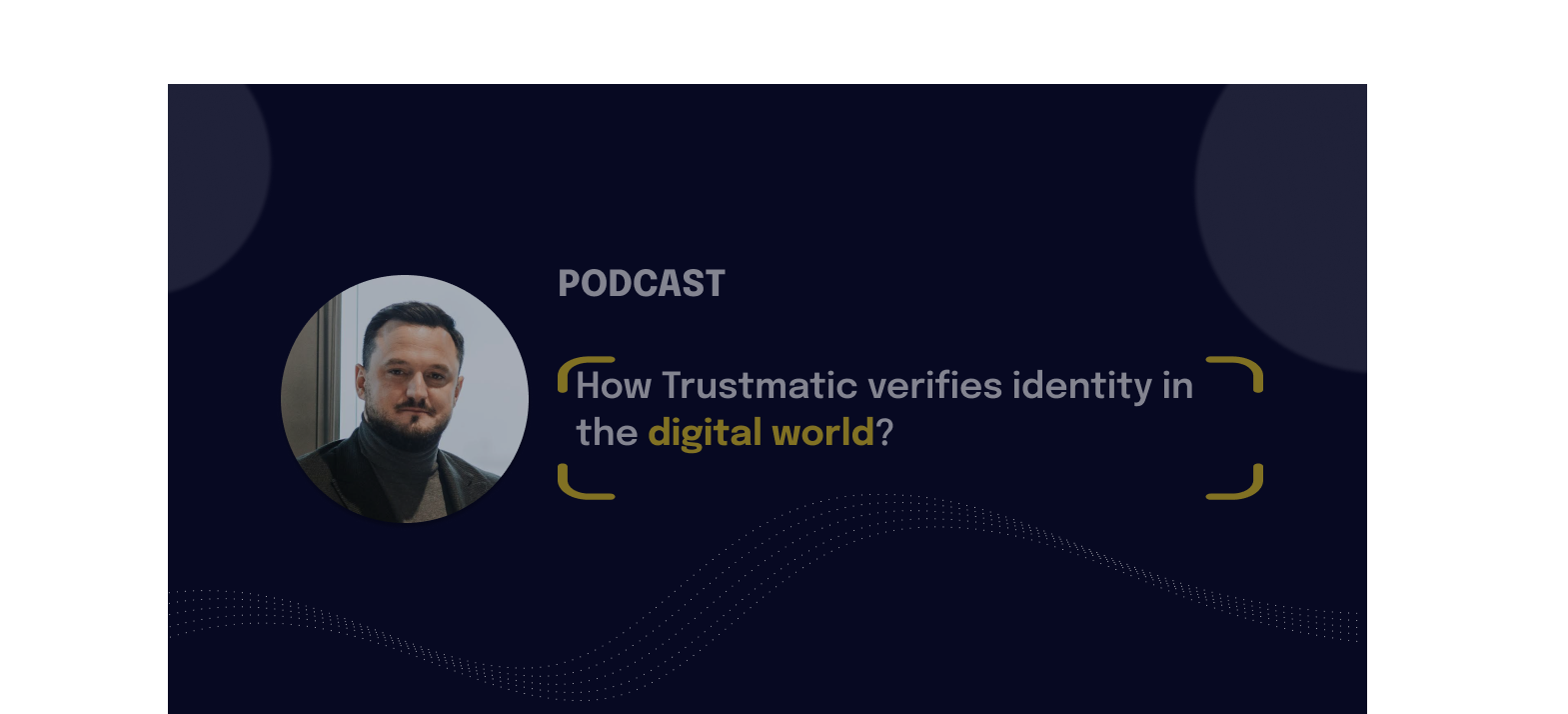In 2022, digital identity verification saw significant changes, with cyber attacks becoming more sophisticated and an increase in consumer demand for online protection against identity theft and other cybercrime. As the use of online platforms 2023 will see digital identity verification advance at an even faster pace, driven by innovation and regulation in finance, government, travel and countless other sectors.
As a provider of remote identity verification solutions, we are always on the lookout for the latest trends and developments in our field. With the beginning of 2023, our CEO and Identity & Biometrics Expert, Donal Greene, decided to share top 5 predictions for remote identity verification in 2023.
Top 5 predictions for IDV industry in 2023
#1 Deepfake detection becomes a must-have
With the rise of deepfake technology, the risk of fraud through manipulated images and videos is a major concern. And it's not just an issue for governments and financial institutions - any organization that relies on remote identity verification is at risk. That's why we believe that advanced face liveness detection techniques, also known as Presentation Attack Detection (PAD), augmented with deepfake detection capabilities, will become a vital component of remote identity verification in the near future.
#2 Identity document authenticity checks get more advanced
Identity document verification has always been a weak link in remote identity verification processes. We have seen a lot of cases where cyberattacks got so advanced that it led to leaking stolen information on business and people. But with more sophisticated techniques, such as machine learning algorithms to detect signs of tampering or editing, organizations will be better equipped to ensure the authenticity of identity documents.
#3 Face biometrics to be augmented with a second biometric modality
Relying solely on one biometric modality for remote identity verification only achieves a certain level of security. It's time to consider more secure alternatives. That's why we predict that multimodal biometrics - using a combination of face, fingerprint, palmprint, or voice biometrics - will offer an unprecedented level of security in remote identity verification. The trick will be getting the right balance between security and user experience.
#4 Regulation and oversight expand
As there is already a lot of regulation around remote identity verification, we expect regulators to continue to implement stricter measures for identity verification in 2023. The EU's eIDAS regulation is just one example of this trend, and we expect to see similar standards and certification schemes adopted in other regions. We can also anticipate more severe penalties for non-compliance. This will ensure that remote identity verification solutions meet the necessary security and privacy standards.
#5 Decentralization of personal information
Last but not least, we expect to see a trend toward the decentralization of personal information. Storing personal information on a decentralized network, such as a blockchain, rather than a centralized database, offers several benefits, including increased security and greater privacy for individuals.
Final thoughts
In the field of identity verification, where expertise is crucial, new challenges cannot be solved by improvisation, they require well-planned solutions. And as this field is constantly evolving, we believe these trends are poised to enhance the security and user experience of online authentication in 2023. At Trustmatic, we are committed to staying at the forefront of this evolution and providing our customers with the most advanced and secure solutions.
About Trustmatic
Trustmatic is an identity verification platform that helps businesses establish trust with their users and fight fraud of any kind. Powered by industry-leading AI and biometric algorithms, Trustmatic enables users to verify their identity in seconds using just their ID and a selfie while maintaining a seamless user experience and a high level of security.
The platform includes face biometrics, liveness detection, and supports the reading of over 10,600 identity documents in more than 140 languages.


.webp)


